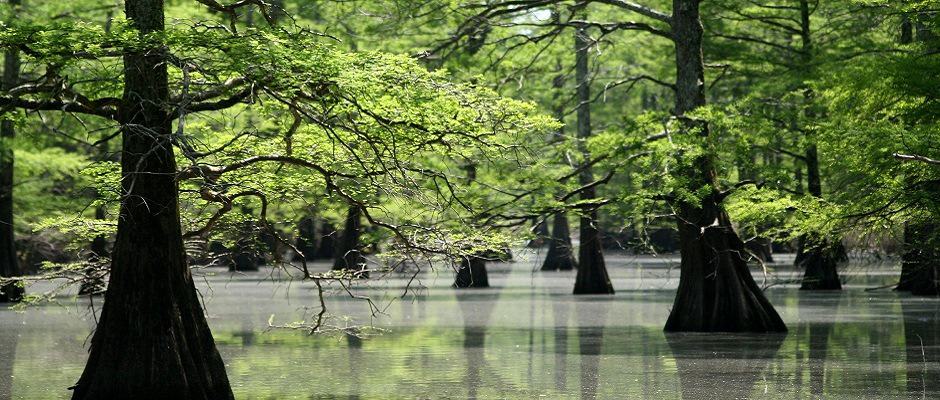Share this article
President’s FY18 budget request illustrates administration’s priorities
On May 23, the Trump administration released their fiscal year 2018 (FY18) federal budget request, A New Foundation for American Greatness. The document outlines proposed spending across the government along with a plan to reduce government spending by $3.6 trillion over the next ten years. The final, implemented budget will be created by Congress.
The proposed budget lays out “eight pillars of reform” to move towards economic growth in America: Tax Reform and Simplification; Immigration Reform; Reductions in Federal Spending; Regulatory Rollback; American Energy Development; Welfare Reform; and Education Reform. As in the President’s Budget Blueprint released in March, spending for Defense is prioritized with a proposed increase of $52 billion from 2017 levels. To offset this increase in discretionary defense spending, the administration has proposed reductions, including a “2-penny plan” which would cut discretionary non-defense spending by two percent each year through 2027.
The budget requests $11.7 billion for the U.S. Department of the Interior and $21 billion for U.S. Department of Agriculture in discretionary funding — a 12 and 18 percent reduction from FY17 respectively. The U.S. Environmental Protection Agency would receive $5.7 billion — a $2.6 billion reduction — if the requested levels are enacted.
“The Administration’s proposed budget could produce many challenges for wildlife professionals and for science-based wildlife conservation” says Keith Norris, TWS Director of Government Affairs & Partnerships. “TWS’ government affairs team will continue to work alongside other natural resource organizations to encourage Congress to provide wildlife professionals the resources they need to manage and conserve the nation’s wildlife and their habitat in the Fiscal Year 2018 budget.”
Agency Budget Justifications
The U.S. Fish and Wildlife Service would receive $1.3 billion in discretionary funds under the President’s budget request — a 13.5 percent reduction. Within the USFWS allocation, the National Wildlife Refuge System would receive $470.1 million — $14 million less than FY17 — with $136.2 directed towards improvements in the maintenance backlog and upkeep of infrastructure. The budget proposes $225.2 million for Ecological Services Programs —$14.8 million less than FY17 — with $79.6 million for the recovery of species listed under the Endangered Species Act. The budget also recommends $52.8 million for State and Tribal Wildlife Grants — $10.2 million less than FY17.
Recognizing the economic activity generated by birdwatching and hunting, the President proposes $6.3 million for monitoring waterfowl populations under migratory bird management funding. However, migratory bird management as a whole would receive $44 million — a $3.4 million reduction from FY17. The North American Wetlands Conservation Fund would decrease to $33.6 million after receiving $38 million in FY17, despite strong support for the program. In March, six former USFWS directors as well as conservation groups sent letters to Congressional leadership stressing the importance of reauthorization and funding for the North American Wetlands Conservation Act.
Total discretionary funding for the National Park Service is $2.6 billion — $331 million below the 2017 Continuing Resolution level. NPS will aim to reduce non-personnel costs, but in some cases, parks could be required to further reduce costs by reducing services, operating hours, and/or the number of full-time and seasonal employees. The Land and Water Conservation Fund request dropped to $64 million — an 84 percent cut — even though strong bipartisan support has been shown to permanently reauthorize the Fund.
The proposed budget would allocate $1.1 billion for the Bureau of Land Management — a 12 percent reduction from FY17. The administration has proposed greater flexibility for the BLM’s Wild Horse and Burro Program to improve the agency’s ability to fulfill its multi-use mission. The two proposed changes would remove the language restricting BLM’s ability to utilize all management tools authorized in the Wild Free-Roaming Horse and Burro Act of 1971 and suggests “General Provision language to more efficiently facilitate the transfer of animals to other public entities such as local, State, and Federal agencies, who have a need for domestic work animals.”
Norris, who also serves as a co-chair for the National Horse and Burro Rangeland Management Coalition said, “We support the administration’s recommendation to remove the appropriations language. BLM must have the ability to utilize management options that will bring wild horse and burro populations to sustainable levels and thereby protect rangeland ecosystems and native wildlife populations.”
The budget request for the U.S. Geological Survey is $922.2 million — a 15 percent reduction from FY17. The proposed USGS budget prioritizes Landsat 9; assessing the availability of energy and critical mineral resources; tracking risks to the health of humans, other organisms, and ecosystems; and addressing new and emerging invasive species disease. Budget reductions, however, are proposed across all programs areas, including Ecosystems, Science Support, and Land Resources [formerly known as Climate and Land Use Change]. Cooperative Fish & Wildlife Research Units are proposed to receive relatively flat funding at $17.338 million.
Proposed Major Savings and Reforms
Cuts to the USDA would impact conservation programs through proposed reductions of $83 million to the Natural Resources Conservation Service. The proposed budget would cut conservation operations by about 10 percent from FY17 funding with the intention of encouraging private sector participation in conservation planning.
The President’s budget seeks to eliminate funding for the National Wildlife Refuge Fund — a revenue sharing program that has not received federal appropriations since FY 2014 because of sufficient funds generated from other payment programs. The rationale being that the Fund was meant to compensate communities for lost revenue due to federal land acquisition, but communities have seen economic benefits from proximity to national wildlife refuges and receive about $8 million per year from mandatory appropriations under the National Wildlife Refuge Fund.
The budget also proposes legislation to open up oil and gas leasing in part of the Arctic National Wildlife Refuge to likely begin lease sales in 2022/2023. Authorization of production on this land would be part of the broader effort to further energy development on federal lands.
EPA’s categorical grants that were put in place to help states to meet federal environmental law requirements are recommended to be eliminated or significantly reduced to $597 million — a reduction of $482 million. The budget proposes to eliminate Geographic Programs under the EPA — Great Lakes Restoration Initiative, the Chesapeake Bay Program, etc. — to leave state and local groups with the primary responsibility for these efforts.
Learn more about the U.S. Federal Budgeting Process in Section 5 of TWS’ Policy Toolkit.
Read TWS’ Issue Statement on Feral Horses and Burros in North America.
Header Image: ©Jeremy Bennett, USFWS








